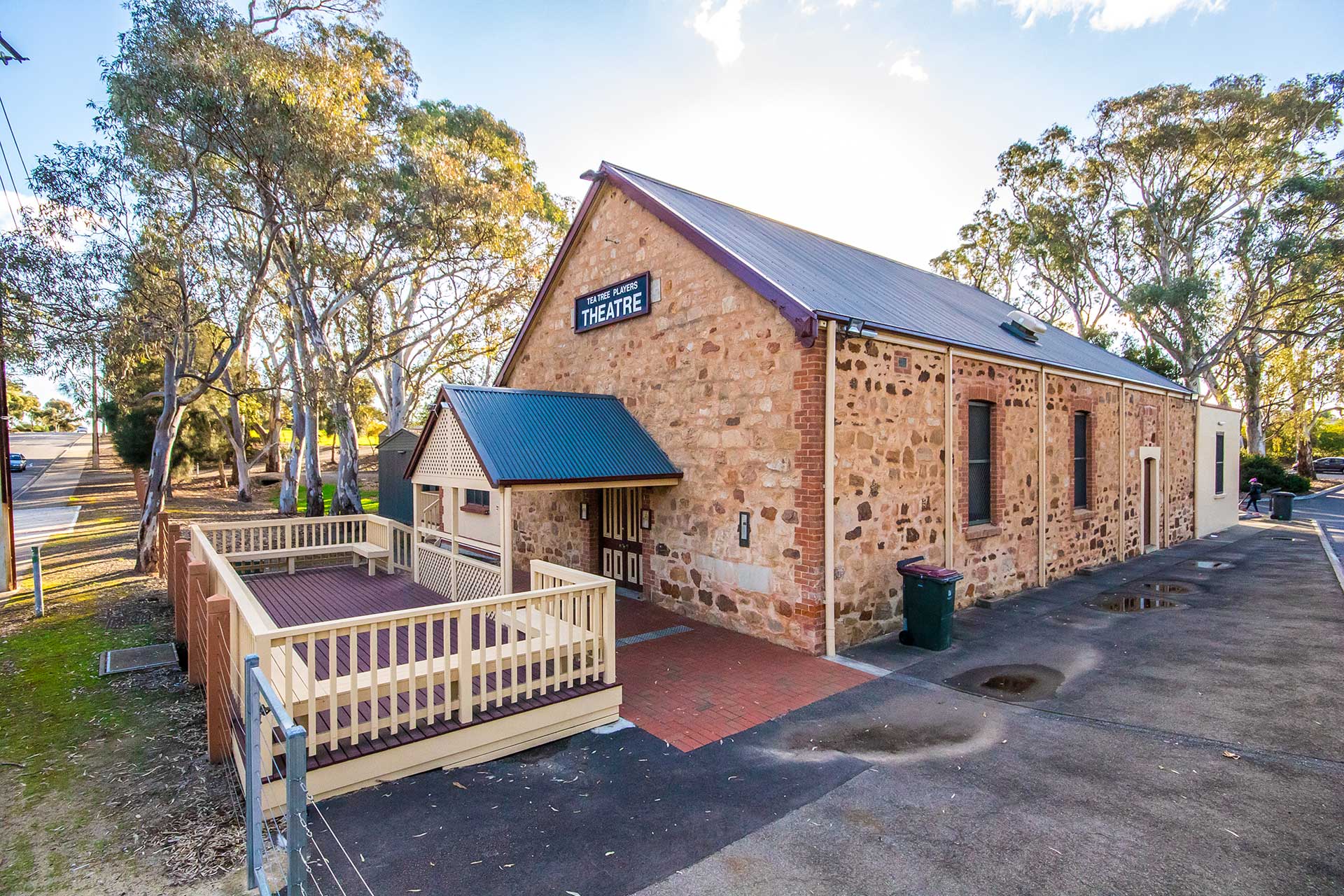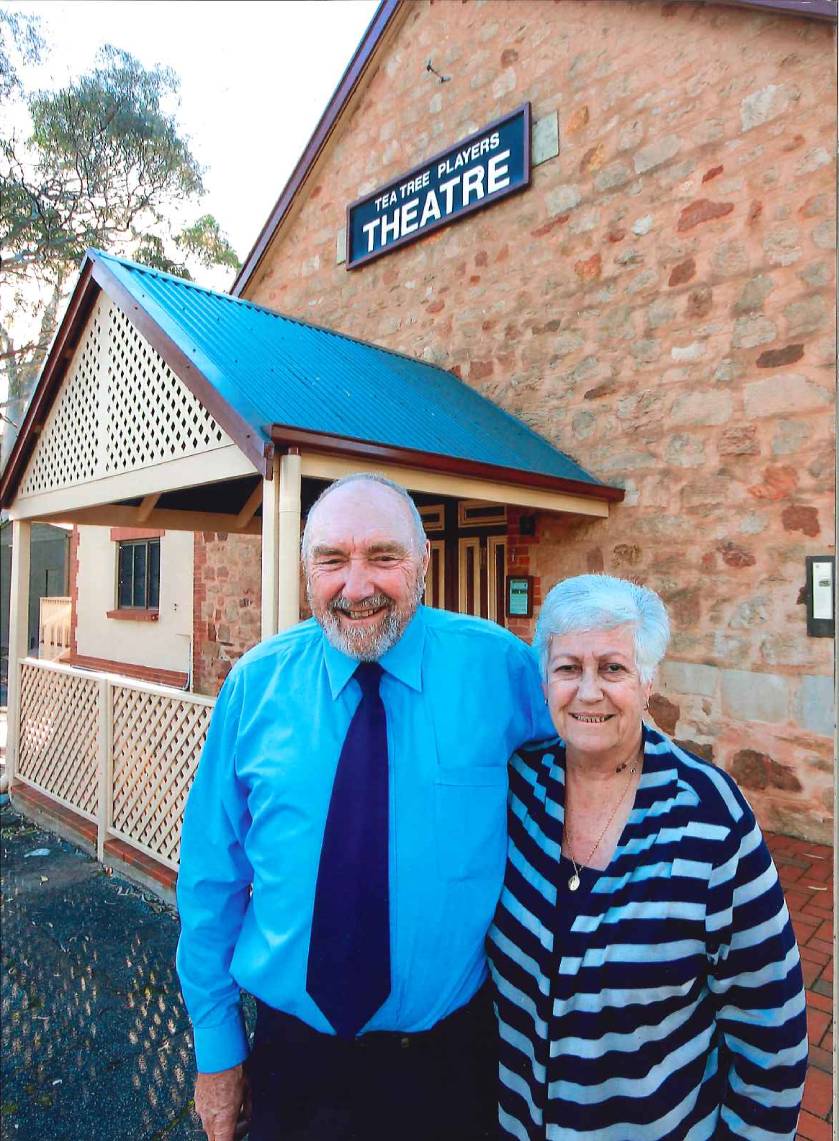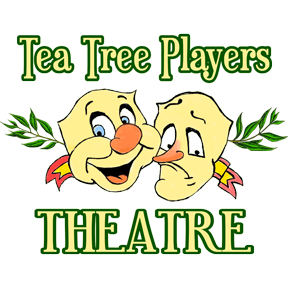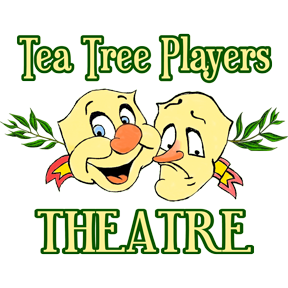

History
Establishment (1976-1985):
Tea Tree Players’ journey began when a dedicated group, led by Diane and the late Robert Lamerton, ventured to establish the first live theatre within the City of Tea Tree Gully. The challenges were daunting, with limited resources and a scarcity of suitable venues in the area. A stroke of luck led them to the old hall at the Golden Grove Oval, negotiated for part-time use as a theatre in collaboration with the Oval Management Committee.
The initial setup was far from ideal, lacking essential theatrical elements such as seating, a stage, lighting, sound equipment, props, costumes, and scenery. Undeterred, the community rallied together, organizing fundraisers with support from the Tea Tree Gully Council and the Community Council for Social Development. This collective effort resulted in the construction of a stage, curtain, and wood-panelled wall in 1977, marking the official beginning of Tea Tree Players’ theatrical journey.
Consolidation (1985-1995):
In 1985, a significant milestone was reached with the exclusive lease of the building from the Council. The subsequent conversion of the old hall into an intimate theatre took place in 1986, largely accomplished by dedicated members. The renovation included enlarging the stage, adding a new front curtain, repositioning the lighting and audio box, rewiring, installing new seating, creating a foyer area, and more.
Over the years, continuous improvements and expansions have been made, including air conditioning in 1987, as well as the addition of lounge and toilet facilities, dressing rooms, a box office, and exterior decking. The support from the community has been unwavering, enabling the theatre to flourish and contribute to the cultural richness of the region.
Growth (1995-Present):
The first ten years of Tea Tree Players saw 44 diverse productions, ranging from revues and comedies to drama and pantomimes. The shared usage continued until 1986 when the theatre became the sole tenant of the building, marking the beginning of a transformative decade.
Important decisions were made regarding the seating arrangement, stage depth, and foyer size. The 120-seat auditorium, determined by building code requirements, allowed for a larger stage. The lack of close supervision by the building owners, Tea Tree Gully Council, proved advantageous during the internal building work, leading to the successful transition to a raked auditorium.
Upgrades, including plasterboard covering for stone walls and lowered foyer ceilings, enhanced the theatre’s aesthetics. As years passed, Tea Tree Players adapted to changes in building codes and safety requirements, implementing improvements such as ramps, step lighting, and handrails.
The commitment to growth and expansion remained evident, with additions like a lounge, toilet facilities, dressing rooms, a box office, and exterior decking over subsequent years. Tea Tree Players’ journey from a makeshift hall to a thriving community theatre is a testament to the passion and dedication of its members and the unwavering support of the local community.
History

Tea Tree Players’ journey began when a dedicated group, led by Diane and the late Robert Lamerton, ventured to establish the first live theatre within the City of Tea Tree Gully. The challenges were daunting, with limited resources and a scarcity of suitable venues in the area. A stroke of luck led them to the old hall at the Golden Grove Oval, negotiated for part-time use as a theatre in collaboration with the Oval Management Committee.
The initial setup was far from ideal, lacking essential theatrical elements such as seating, a stage, lighting, sound equipment, props, costumes, and scenery. Undeterred, the community rallied together, organizing fundraisers with support from the Tea Tree Gully Council and the Community Council for Social Development. This collective effort resulted in the construction of a stage, curtain, and wood-panelled wall in 1977, marking the official beginning of Tea Tree Players’ theatrical journey.
Consolidation (1985-1995):
In 1985, a significant milestone was reached with the exclusive lease of the building from the Council. The subsequent conversion of the old hall into an intimate theatre took place in 1986, largely accomplished by dedicated members. The renovation included enlarging the stage, adding a new front curtain, repositioning the lighting and audio box, rewiring, installing new seating, creating a foyer area, and more.
Over the years, continuous improvements and expansions have been made, including air conditioning in 1987, as well as the addition of lounge and toilet facilities, dressing rooms, a box office, and exterior decking. The support from the community has been unwavering, enabling the theatre to flourish and contribute to the cultural richness of the region.
Growth (1995-Present):
The first ten years of Tea Tree Players saw 44 diverse productions, ranging from revues and comedies to drama and pantomimes. The shared usage continued until 1986 when the theatre became the sole tenant of the building, marking the beginning of a transformative decade.
Important decisions were made regarding the seating arrangement, stage depth, and foyer size. The 120-seat auditorium, determined by building code requirements, allowed for a larger stage. The lack of close supervision by the building owners, Tea Tree Gully Council, proved advantageous during the internal building work, leading to the successful transition to a raked auditorium.
Upgrades, including plasterboard covering for stone walls and lowered foyer ceilings, enhanced the theatre’s aesthetics. As years passed, Tea Tree Players adapted to changes in building codes and safety requirements, implementing improvements such as ramps, step lighting, and handrails.
The commitment to growth and expansion remained evident, with additions like a lounge, toilet facilities, dressing rooms, a box office, and exterior decking over subsequent years. Tea Tree Players’ journey from a makeshift hall to a thriving community theatre is a testament to the passion and dedication of its members and the unwavering support of the local community.


